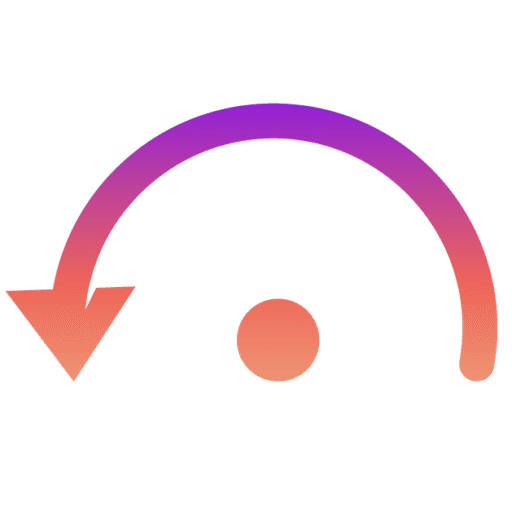The Audit Logs module allows administrators and security teams to monitor user activities and system events across the Shift Left API platform. It provides a comprehensive view of who did what, when, and where, helping maintain accountability, traceability, and compliance.
Key Metrics : #
- Total Actions: 6,161
- Top Action Type: test
- Top User: guest
- Top Entity: Test Run
These metrics give a quick summary of system usage and highlight frequent operations or users that may require attention.
Filters : #
Audit Logs can be filtered dynamically to locate specific events:
- Username: Filter by specific user names
- Role: Filter by roles such as Administrator, Contributor, Reader, etc.
- Action: Filter by action type, e.g., create, modify, delete, execute, configure
- Entity: Filter by system entities like Project, Test Run, Feature, Endpoint, System Settings
- Status: Filter by action outcome (success, failure)
- Start Date / End Date: Filter logs within a specific date range
Search and Clear Filters: Allows searching with keywords and resetting filters to view the complete log history.
Audit Log Table : #
The table displays detailed records of each action performed in the system:
| Timestamp | User | Role | Action | Entity | Status | IP Address |
| Oct 03, 2025 19:14:59 | Rishi | Administrator | configure | System Settings (global) | success | ::1 |
Columns Explained: #
- Timestamp: Date and time of the action
- User: Name of the user who performed the action
- Role: User’s role at the time of action
- Action: Type of operation performed
- Entity: Target system entity of the action
- Status: Outcome of the action (success, failure)
- IP Address: Source IP of the action
Use Cases : #
- Track changes made to system settings or user accounts
- Audit API test executions and modifications
- Identify unusual or unauthorized activity
- Maintain compliance for security audits
- Generate reports for operational oversight
Best Practices : #
- Regularly review audit logs to identify anomalies
- Combine filters to narrow down critical events
- Export logs periodically for archival and compliance
- Integrate with SIEM or monitoring tools for proactive alerting








